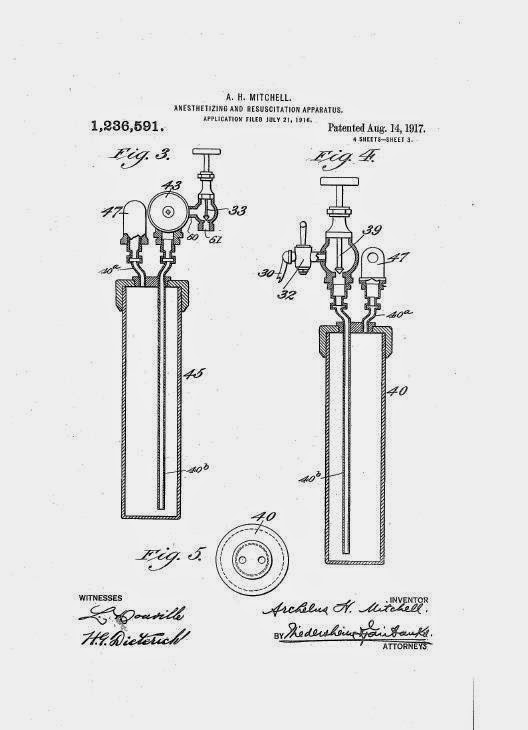When my mother was six and seven years old, she and the family were living in the small town of Camp Hill in Tallapoosa County. Her father John Miller Shores was minister at the Methodist church. Mom was the youngest of four children; the older siblings were Heth, John and Marjorie. My grandmother Tempe completed the family.
Mom tells the story of the time they went to hear a talk by George Washington Carver while they lived in Camp Hill. Since she was born in 1929, that would have been in 1935 or 1936. The event took place in the town's largest auditorium at the Southern Industrial School, which is now Lyman Ward Military Academy. Mom remembers him as an older black man with snow-white hair. Carver was about 70 at the time. The trip from Tuskegee would have been a drive north of less than 40 miles.
The auditorium was crowded. Mom was lifted into one of the deep windowsills to watch beside other children. She remembers being afraid she might fall from her perch. She doesn't recall any of Carver's speech, just the size of the crowd. Both whites and blacks were in attendance. She suspects the blacks were segregated in some way, but doesn't remember specifics. Perhaps the auditorium had a balcony.
The Lyman Ward web site notes that one of the school's two gyms was constructed in the 1930's. You can see a panoramic video of the interior of Tallapoosa Hall here. I've shown this video to mom and the high windows are the way she remembers them in the auditorium.
Mom does remember something very specific about the event. The family brought home a booklet which she read and kept for some years. The item described Carver's many achievements; she doesn't remember if the pamphlet was sold or given away at the event.
Carver's appearance is interesting in light of events in Camp Hill just a few years earlier. In July 1931 a meeting of the Alabama Sharecroppers Union in a church was attacked by a band of white men. A shootout resulted in at least one death and 30 arrests. Four other individuals were later lynched, but the 30 were eventually released. The all-black Union, affiliated with the Communist Party USA, operated in the state from 1931 until 1936.
On a brighter note, Chicago White Sox outfielder Bill Higdon was born in Camp Hill in 1924. He died in 1986.
Rev. John Miller Shores
My grandmother Tempe, Aunt Heth standing on the left, Uncle John on the right. The two squirts are Aunt Marjorie and mom--she's the one with the pensive look.






.jpg)














